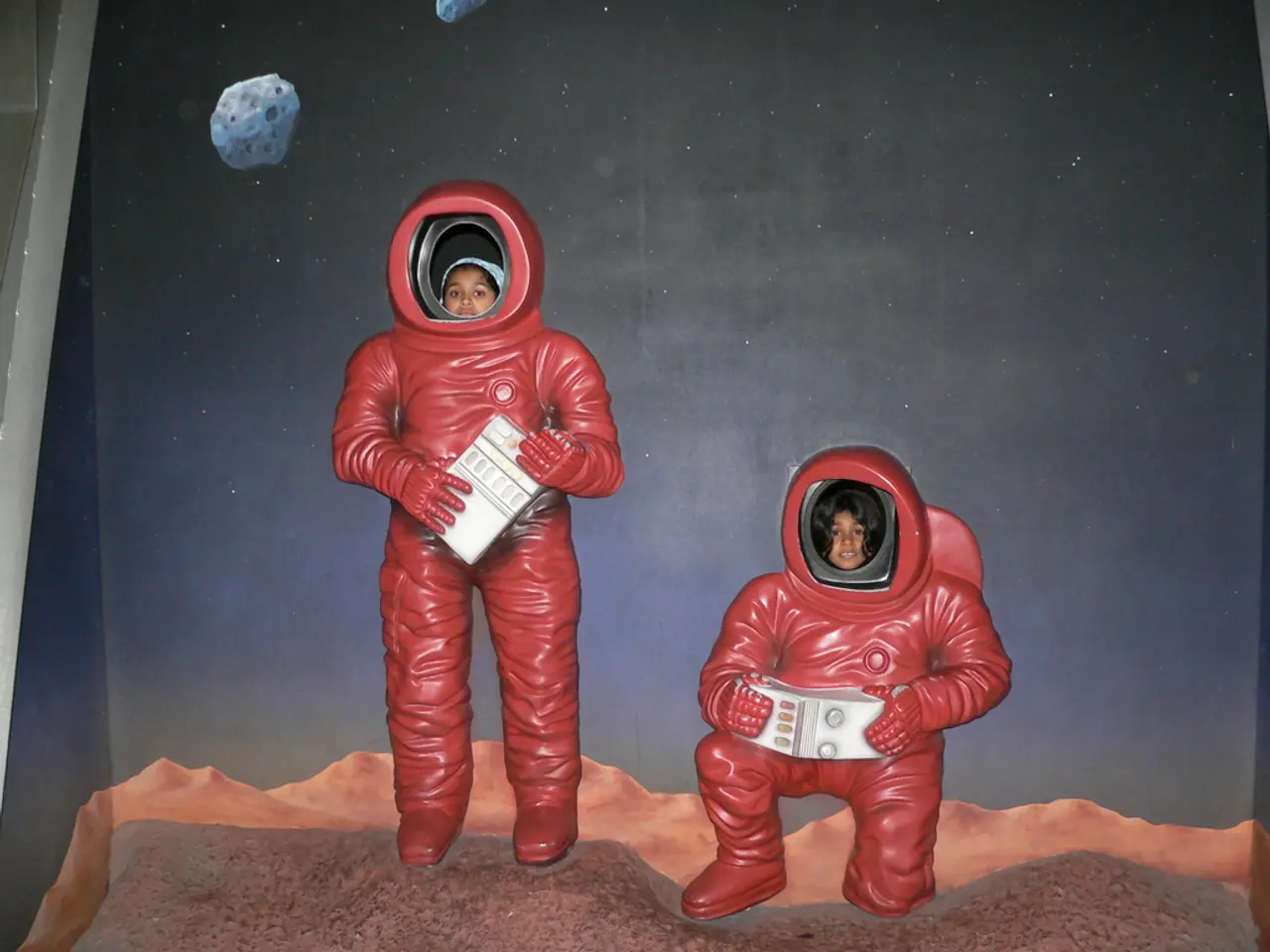Oleg Kononenko sets historical milestone, reaching 1,000 days in spacefirsthand.
Oleg Kononenko, a renowned astronaut, has set a new record for the most cumulative time spent in space, surpassing the 1,000-day mark on June 5 [1]. With a career spanning across five separate space missions, Kononenko has spent a total of 1,111 days in space [3], breaking records and providing invaluable data for understanding physiological adaptations to microgravity.
Space travel, particularly long-duration missions, brings about numerous physiological effects on the human body. These include muscle atrophy, bone density loss, vision impairment, cardiovascular changes, and other impacts from isolation and confinement [4]. To counteract these effects, astronauts must follow a rigorous physical training program aboard the space station, including resistance, cardio, and flexibility exercises [5].
One of the main challenges encountered in microgravity is the redistribution of body fluids, such as blood, which tend to migrate to the upper body [2]. This can cause feelings of discomfort and nausea in astronauts new to space, and lead to potential complications in the cardiovascular and vestibular systems [5]. The loss of bone density in microgravity increases the risk of fractures for astronauts, with studies showing that astronauts can lose up to 1 to 2 percent of their bone mass per month in space [5].
Kononenko’s extensive time in space highlights both human endurance and the importance of understanding spaceflight's impact on physiology for future long-duration missions [1][4]. His return to Earth, scheduled for September 23, will provide a valuable opportunity to study these effects on the human body [6]. The data collected during his mission will be essential to better understand the underlying mechanisms of physiological adaptations to microgravity.
The study of these effects may lead to improved prevention and rehabilitation strategies for future long-duration space travel. Valeri Polyakov currently holds the record for longest continuous stay in space, spending 437 days and 18 hours aboard the Mir space station. Frank Rubio holds the record for longest continuous mission on NASA’s side, staying on the station for 371 days due to a problem with the spacecraft [7].
Despite these efforts, some physiological changes persist and may require prolonged rehabilitation once astronauts return to Earth. American astronaut Peggy Whitson holds the NASA record with 665 days in space, still far behind Kononenko’s 1,111 days. Russian cosmonaut Oleg Kononenko has surpassed the previous space stay record held by his compatriot Gennady Padalka [1].
As Kononenko prepares for his return, he expressed his pride and sense of accomplishment for reaching the 1,000-day milestone in space [8]. His journey serves as a testament to human resilience and the relentless pursuit of knowledge in the realm of space exploration.
References: 1. Space.com 2. NASA 3. Roscosmos 4. European Space Agency 5. Journal of Applied Physiology 6. Russian state news agency TASS 7. SpaceFlight Now 8. CNN
Space-and-astronomy-related studies, like those conducted during Kononenko's missions, shed light on the physiological impacts of microgravity on health-and-wellness, particularly concerning cardiovascular changes, vision impairment, and bone density loss. The data collected from his extended sojourn in space will contribute significantly to improving science-based strategies for preventing and rehabilitating long-duration space travel-induced health complications.




